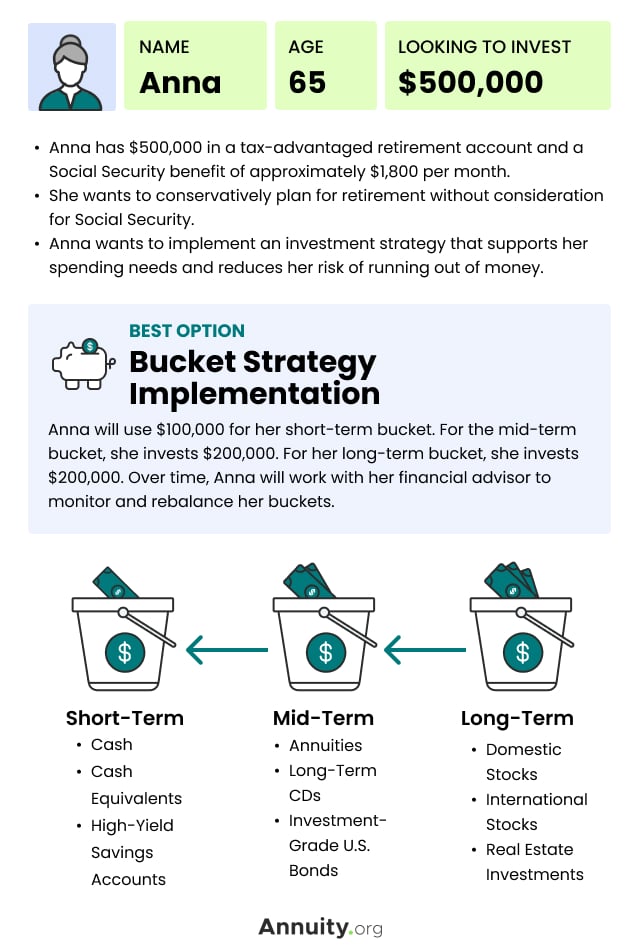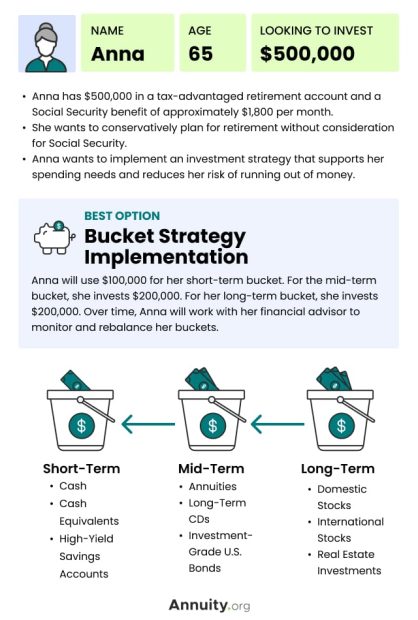
Looking to Enhance Your Retirement? Explore 10 Wise Passive Income Opportunities
Enhancing your retirement funds with passive income can allow for a more comfortable lifestyle and alleviate financial pressure during your retirement years. Given the market’s erratic behavior, diversifying your income avenues boosts your financial sturdiness. Here’s how you can establish passive income streams to create a safe and adaptable retirement.
Top 10 Passive Income Approaches for Retirement
1. Dividend Stocks
Investing in stocks that pay dividends ensures you generate regular income—whether monthly, quarterly, or annually—simply for holding the shares. While they might not provide significant capital gains, they represent a dependable income source from established firms, enhancing your overall investment strategy.
2. Interest-Generating Accounts
High-yield savings accounts and Certificates of Deposit (CDs) deliver consistent earnings with lower risk levels. Ideal for retirees desiring liquidity and security, some accounts offer rates as high as 5% APY. Although CDs can lock away your funds, they often produce better returns. Ensure you’re comfortable with the commitment prior to opening an account.
3. Bonds
If you seek reliable and steady returns, consider bonds. You lend money to a government or corporation in exchange for interest payments. U.S. Treasury bonds are low-risk yet offer modest returns, while corporate bonds involve higher risks but frequently yield better returns.
4. Annuities
Annuities transform a lump sum of savings into a continuous income stream. Certain annuities may provide lifetime payments—even after the principal is exhausted—and can be structured to accommodate inflation or benefit a spouse. Selecting the appropriate annuity with beneficiary options is crucial for safeguarding your investment.
5. Real Estate Investments
Real estate stands as a potentially profitable avenue for passive income:
– Real Estate Investment Trusts (REITs): Invest passively by purchasing shares in firms that manage income-generating properties, which typically distribute over 90% of their profits.
– Rental Properties: While renting properties requires more active involvement, it can yield consistent rental income, particularly with property management assistance.
– Crowdfunding: Online platforms allow you to invest small amounts (sometimes less than $100) in commercial real estate ventures, making it easier to diversify.
6. Peer-to-Peer (P2P) Lending
P2P lending platforms connect you with individuals in need of loans. You earn interest as borrowers pay back their loans. Platforms like Lending Club evaluate borrower risk, enabling you to spread your investments across different loan grades. Be aware that this method carries higher risk but also the chance for greater returns.
7. Rent Out Property or Items
You don’t need to possess investment properties to generate rental income. Explore these passive opportunities:
– Airbnb: Rent out your home, guest room, or holiday property for short stays.
– Neighbor: Monetize additional storage areas such as basements or garages.
– Hipcamp: Rent out your land for camping, RVs, or cabin stays.
You can also monetize personal items:
– Turo: Rent your vehicle.
– RVshare: List your RV for travelers.
– Boatsetter: Allow others to rent your boat.
8. Transform Hobbies into Earnings
Your skills and interests can yield income in retirement. Here are some ideas:
– Tutoring: Provide instruction in subjects you enjoy, setting your own hours and fees.
– Photography: Sell stock photographs online to earn passive royalties.
– Crafts: Create an Etsy shop to market handmade goods.
9. Share Your Knowledge Online
Leverage your expertise to create educational content:
– Start a blog and monetize through advertisements and affiliate links.
– Launch a YouTube channel or podcast to earn from advertising and brand partnerships.
– Develop and offer online courses on platforms like Teachable or Udemy—once established, they can bring in recurring income.
10. Take Advantage of Rewards and Bonus Programs
Banks and credit card issuers frequently provide cash bonuses for new accounts or particular activities:
– Bank Sign-Up Bonuses: Usually require an initial deposit and certain transaction thresholds.
– Credit Card Offers: Earn bonuses for spending a specified amount within initial months.
– Cashback Programs: Utilize cashback cards or apps like Rakuten, Upside, and Ibotta to receive rewards for everyday purchases.
How Passive Income Is Taxed in Retirement
All forms of passive income are taxable, but applicable rates can differ. For example:
– Long-term capital gains are taxed at more favorable rates compared to standard income.
– Interest and dividends may face varying taxes depending on your earnings bracket.
To minimize your tax liabilities, consult with a tax advisor and explore strategies such as tax-loss harvesting to balance gains and mitigate responsibilities.
Final Thoughts: Strengthen Your Retirement with Passive Income
Passive income introduces a vital element of financial flexibility to your retirement. While it shouldn’t replace your primary income sources, it can significantly assist in managing additional expenses, unexpected costs, or simply indulging a little during your retirement years.
The essential aspect is to diversify according to your risk appetite and interests. Whether via investments, real estate, hobbies, or digital avenues, numerous options exist to enhance your retirement income passively and confidently enjoy your later years.
